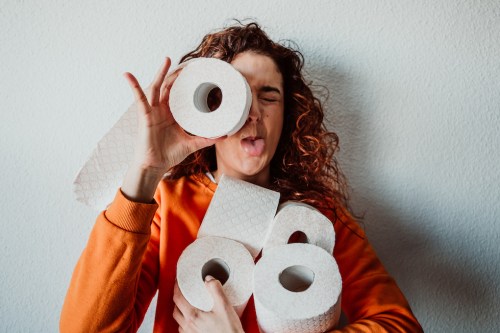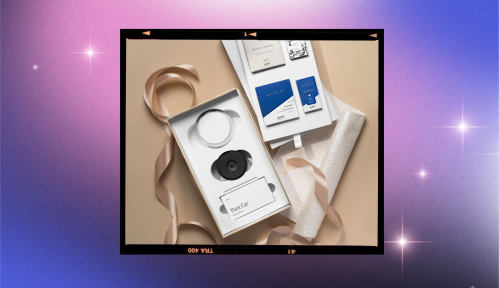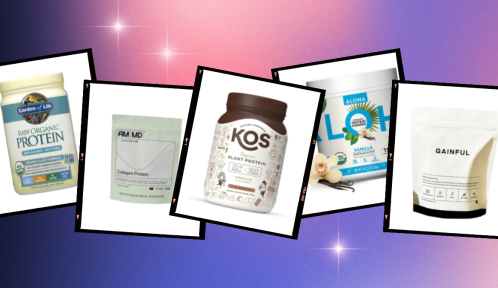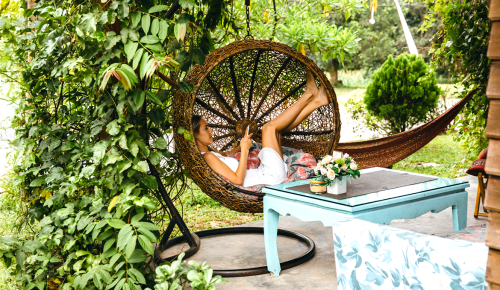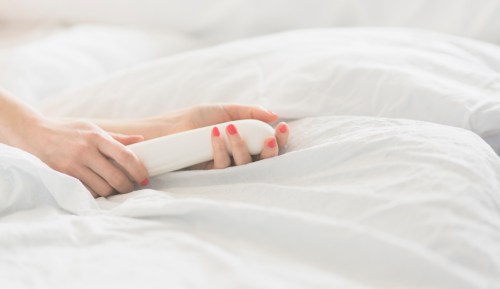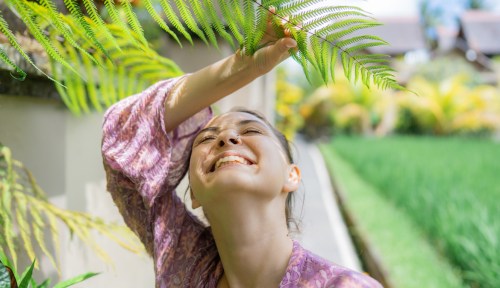Our editors independently select these products. Making a purchase through our links may earn Well+Good a commission
I’d love to tell you it’s not a big deal that we flush paper made from ancient trees down the toilet multiple times per day, but I would be lying. The US leads the world in toilet paper consumption, flushing 36.5 billion rolls annually. Even more alarming? “The world flushes 27,000 trees down our toilets every day,” says Rachel Eubanks, sales director for bamboo toilet paper-maker PlantPAPER, making switching to eco-friendly toilet paper and alternatives all the more important.
Something you may not know, though, is that many of those trees harvested to make virgin toilet paper come from Canada’s Boreal Forest, which Eubanks says is one the world’s most important carbon sinks. This means it pulls carbon dioxide (CO2) out of the atmosphere and stores it away—according to the NRDC, it stores a whopping 12 percent of the world’s terrestrial (as in land-based) CO2 stock. When the trees are no more, not only does the carbon retrieval no longer happen, but the carbon stores are released. This is no bueno for the environment and, well, life as we know it. (Note: the forests are also threatened by an increase in forest fires, which are due to warmer, drier weather.) The reason toilet paper-related deforestation is concentrated in this way, says PlantPAPER co-founder Lee Reitelman, is that despite the innumerable labels lining store shelves, only a few companies make the bulk of the product.
Virgin toilet paper also requires a ton of chemicals and water use in its processing from wood pulp to paper, says Eubanks. “Typically it can take about up to 37 gallons of water just to produce one role of tree paper,” she says. “And then in addition to that, it typically contains about a gallon of chemicals, which include bleach, formaldehyde, dyes, chlorine, and BPA.” This cocktail ends up in our waterways, for starters, and can also impact our health. “For instance, we’ve seen links to UTIs, yeast infections, hemorrhoids, and fissures, all from using products like this that come into direct contact with our bodies, and actually into our bloodstream through micro cuts in the body,” Eubanks explains, noting that while consumers have become more aware of this issue when it comes to feminine hygiene products, they tend to overlook the same concerns with respect to their toilet paper.
The question isn’t, then, whether or not traditional TP should be replaced but rather what the best eco-friendly toilet paper replacement is; however, this is not an easy conclusion to reach. “There are many factors, and what has to be done on each category is a full-on lifecycle assessment,” says Bonnie Nixon, professor of Sustainable Supply Chain for UCLA. “It is an exciting journey and requires that you look at all factors including energy, water, shipping, waste, productivity, worker rights, health, safety, and all kinds of metrics for carbon, water, and waste footprint.” Since such lifecycle assessments don’t yet exist, we’ve put together the next best thing.
Here’s your guide to tree-free TP alternatives, from eco-friendly toilet paper to bidets, alongside their pros and cons
Bamboo toilet paper
Many new brands, like PLANTpaper and Who Gives a Crap, are focusing their efforts on tree-free sources of paper, and so far, there appears to be a frontrunner: “Bamboo is one of the fastest-growing plants on the planet—it grows up to a meter per day—and unlike a tree, the more you cut bamboo, the faster it grows back,” says Reitlman. “In fact it actually, needs to be harvested in order to regrow. So while a forest can take 100 years just to get back to looking anything like a forest, a bamboo growth can come back essentially in one season.”
Bamboo also requires a lot less processing to turn it into paper, Reitlman explains. “In our case, we don’t use any bleach or formaldehyde, and we use fewer adhesives,” he says. “That’s good from a human health standpoint, but also really important in terms of reducing or eliminating industrial runoff.” Plus, he says, bamboo requires significantly less water in its processing than do trees.
Of course, it still has an environmental impact to take into account, including the carbon footprint for producing and transporting it—most bamboo for toilet paper is grown in China—and the affect it can have on the biodiversity of the regions where its grown. So it’s worth taking the extra step to learn about how your TP supplier is off-setting its carbon footprint and helping to preserve the land where its bamboo is being produced.
Bidets to shop
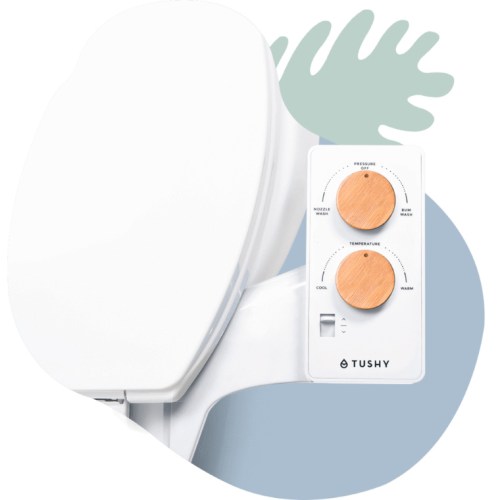
Tushy Spa 3.0 — $110.00

BB-1000 Supreme Bidet Seat — $500.00
Bidets
If toilet paper is so problematic, maybe the best solution be to minimize our use of it. Miki Agrawal, founder of the bidet-attahment company Tushy, has built an entire business around her belief that this is the way to go. “The fact that we’ve been so deeply indoctrinated to believe that dry toilet paper actually cleans the dirtiest part of our body is kind of crazy,” she says.
Agrawal is half-Indian and half-Japanese, so her parents both come from cultures which utilize bidets, and she’s made it her mission to bring bidets to the states by solving for both cost and installation issues. Tushy’s product is just $79 and can be installed onto your existing toilet.
While bidets don’t eliminate the need for toilet paper altogether—some is required, after all, for drying purposes—they do hold the potential for reduced consumption (especially after, you know, bad curry or the like). Tushy also sells bamboo paper for this purpose (and Agrawal says they’re soon to release paper made from an even more sustainable material). “And once you get to be really excited about being eco-conscious, we have organic bamboo butt towels which are literally the softest towel in the world,” she says. “We have thousands and thousands of customers who’ve completely eliminated the need for toilet paper and just use our organic bamboo towels to pat themselves dry.”
Nixon agrees bidets are a promising alternative, with caveats. “One would have to look at how many flushes, and water usage and availability for that region,” she says. “In a water rich, rain-heavy region, this would definitely be better option.”
Verdict
Without those full lifecycle assessments Nixon mentioned, it’d be impossible to say definitively which approach is best for the environment; however, given the scope of the virgin TP problem, these alternatives are nothing if not a step in the right direction.
Whichever route you choose, cutting back is key. “Before we got into this business, I could use as much as 12 or 14 sheets in a given trip, but then as we started making our own toilet paper, I thought, ‘Well, that’s kind of a lot,’ and it wasn’t hard to get it down more like six or eight,” says Reitlman. “I wouldn’t presume to tell someone else how to do their job, other than to say challenge yourself to use a little bit less—and that starts with just being aware of how many sheets you use on any given trip.”
Oh hi! You look like someone who loves free workouts, discounts for cult-fave wellness brands, and exclusive Well+Good content. Sign up for Well+, our online community of wellness insiders, and unlock your rewards instantly.
Sign up for the Well+Good SHOP Newsletter
Get exclusive deals on wellness, beauty, fitness, and food products that have been hand-picked by our editors.
Got it, you've been added to our email list.
